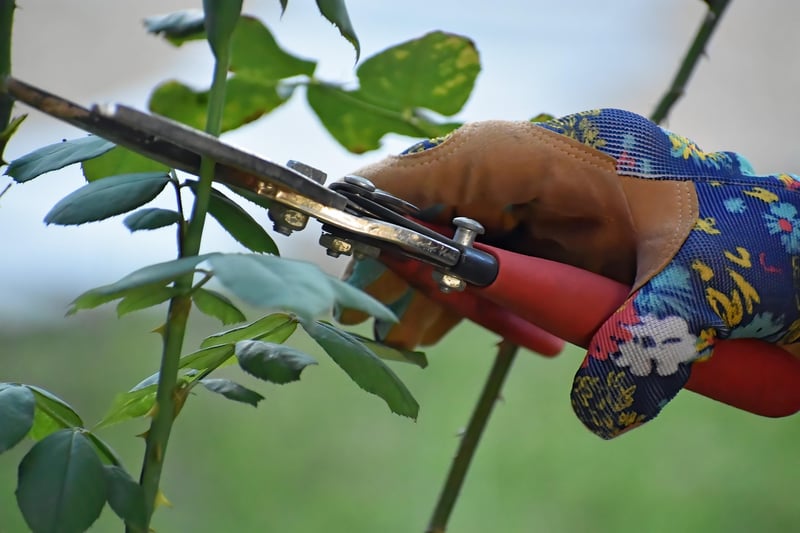Pruning Techniques
Caring for Your Garden: Essential Pruning Techniques

Introduction to Garden Pruning
Pruning is an essential practice in garden maintenance that involves selectively removing parts of a plant to improve its overall health and appearance. Proper pruning techniques not only enhance the aesthetic appeal of your garden but also promote plant growth and productivity.
Benefits of Pruning
- Promotes plant health by removing diseased or damaged branches
- Shapes the plant for better aesthetics and structure
- Encourages new growth and flowering
- Controls plant size and prevents overcrowding
Types of Pruning Techniques
1. Cleaning Pruning
Cleaning pruning involves the removal of dead, diseased, or weak branches to prevent the spread of diseases and improve air circulation within the plant.
2. Thinning Pruning
Thinning pruning focuses on selectively removing branches to reduce the density of the plant, allowing more light to penetrate the canopy and promoting better growth.
3. Heading Pruning
Heading pruning involves cutting back the tips of branches to encourage bushier growth and stimulate new buds for improved flowering.
Pruning Tips
- Use sharp, clean tools to make precise cuts and prevent damage to the plant.
- Prune during the plant's dormant season to minimize stress and maximize recovery.
- Identify the purpose of pruning before making any cuts to ensure you achieve your desired outcome.
- Regularly inspect your plants for signs of disease, pest infestation, or overgrowth that may require pruning.
Conclusion
By incorporating proper pruning techniques into your garden care routine, you can enhance the health, appearance, and productivity of your plants. Remember to tailor your pruning approach to the specific needs of each plant species to achieve the best results.
Happy pruning!
